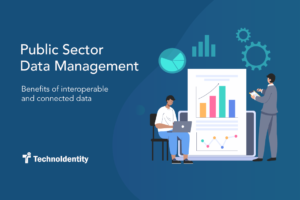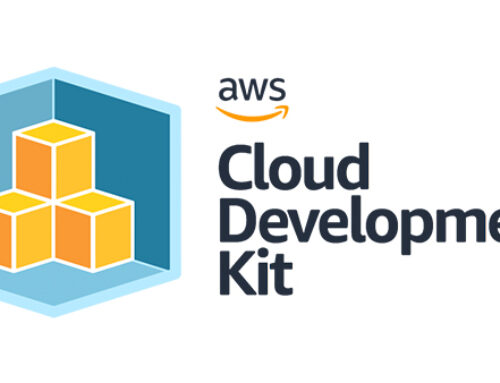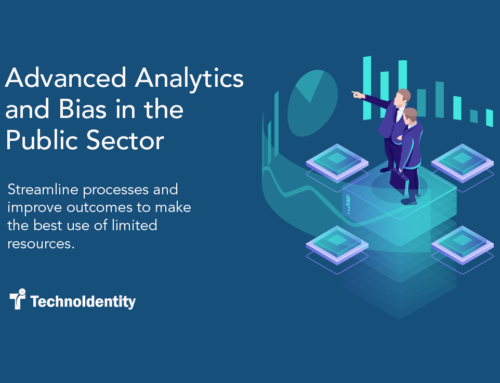
Living in a digital society calls for embracing the importance of data and making the best use of it. Public institutions have tons of data, an excellent source for value addition, but that source lays dormant and latent. Ineffective use of such data can also lead to data privacy and data protection concerns. The glaring potential benefits of data have not yet triggered governments worldwide to capture the opportunity. The reason for such casual indifference is the existence of organizational silos and fragmented data scattered around various government entities. This hinders the progress of data management in public institutions.
Benefits of Interoperable and Connected Data
- Improve resident experience – When a citizen needs access to public services, they need to show relevant government documents and fill out forms with details related to such documents again and again, despite all the data from the government being available for such public services. A once-only principle can help citizens sign up for service hassle-free.
- Increase administrative efficiency – Government employees must manually collect data from citizens and government agencies while performing their tasks, like surveys and censuses. If the back-end of these tasks were streamlined, then administrative efficiency could increase significantly.
- Enable data-driven policy making – Availability of quality data directly impacts policy making. Building complex modules requires data from different departments. If relevant departments were well-knit and the data from these departments were interconnected and streamlined, a policy decision could be made with better clarity.
- Deliver the value of open data – Government can act as a data provider either through the supply of raw data or official statistics. Datasets taken from any portal are usually siloed. When provided to data portals, well-linked government data can help make comprehensive and insightful datasets.
- Enhance the data protection and privacy – Data privacy is a massive challenge in the current data management model of the government. Citizens are unable to know where their data is stored and who is accessing them. A modern data model can enable privacy by design. A structured and secure data exchange paradigm can reduce the risk of leaks.
- Reduce fraud, waste, and abuse – A good share of government payments directly result from fraud and errors. Funds might go to the wrong recipient, or payment is misused. Interoperable data can reduce instances of such things happening by leveraging analytical tools to identify frauds.
Challenges in Moving Towards Modern Data Management
- Data is scattered – To make any use of the data that is available, data stored in registers must be identified. Usually, governments fail to find out where certain information is stored and sometimes even if the information exists or not. The lack of transparency is a major hurdle.
- Data cannot be accessed digitally – A lot of countries have paper-based registers, which creates a high cost and burden to the administration, and systematic use of such data is impossible. Even when data is available digitally, standardization is not present.
- Data is not interoperable – Across different agencies, the combination and interlinking of data for joint processing face many hurdles because of silos and data mismanagement. To operate on any data, streamlined access to such data must be present.
How do you Deliver Interoperable and Connected Data?
- Set a clear vision – Set a reachable goal. If previous data is not digitized, start digitizing data from this point onwards.
- Understand and navigate the data landscape – Once a clear vision is established, transparency goals must be targeted. Identifying and locating the presence of relevant data should be done.
- Offer relevant infrastructure components centrally – Standardized components go a long way to enable data sharing for many applications.
- Rapid delivery of end-to-end use cases through agile data labs – Governments can deploy agile data labs to use cross-functional expertise that focuses on specific cases being rapidly rolled out.
- Established a central data agency – A common data exchange infrastructure can lead to the establishment of common rules and create a standardized approach to data management.
Thus, the public sector is a gold mine of data, but the miners of this field are not making adequate use of their resources. The huge inflow of data that happens every day is primarily stored in mismanaged registers that create data silos and further make data more unstructured.
Interlinking and streamlining data flow has many benefits to the government, the employees, and the citizens. Taking small steps toward organizing the data and immediately changing can lead to a modern data management model in no time.


